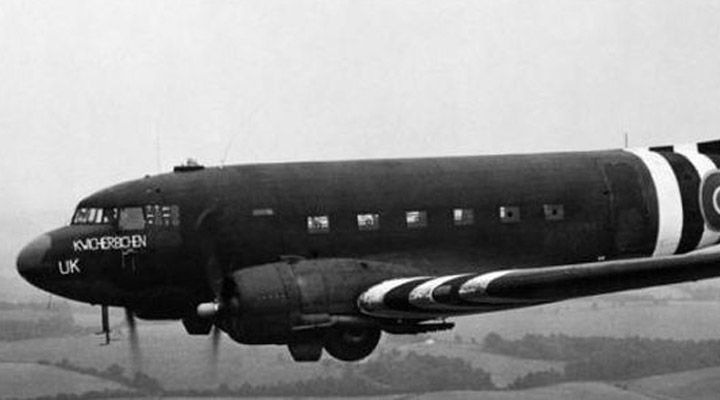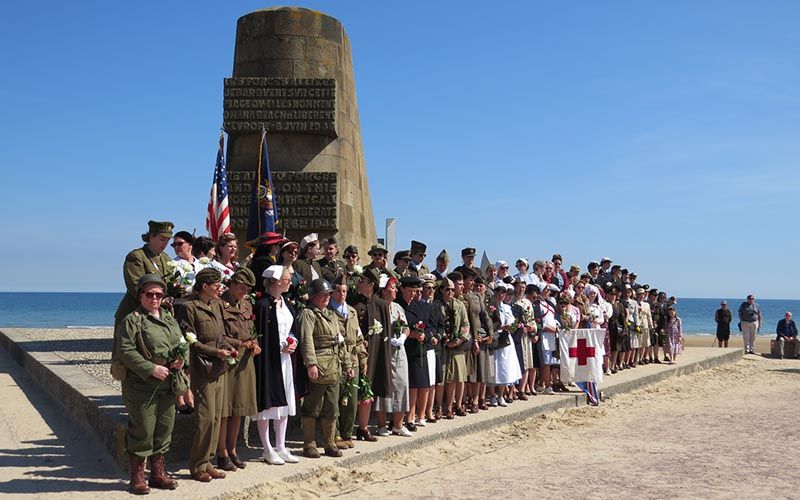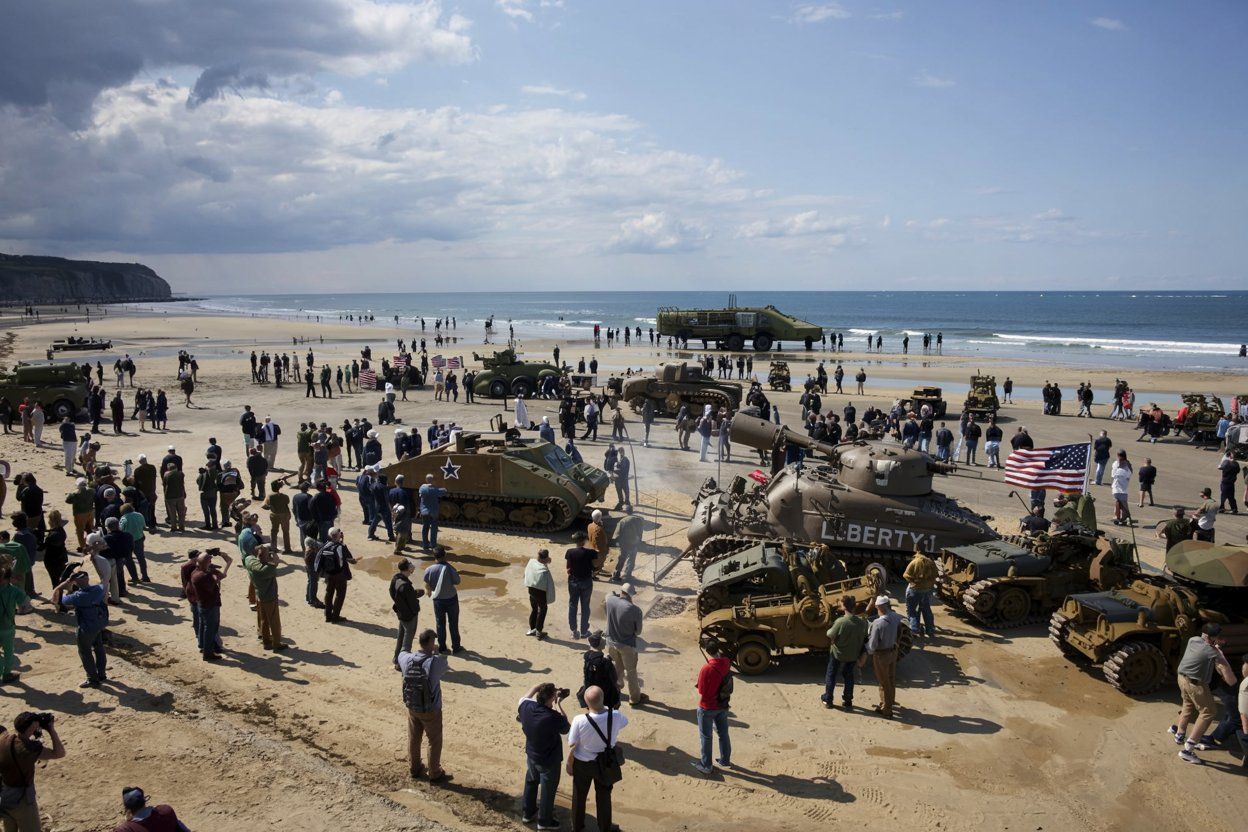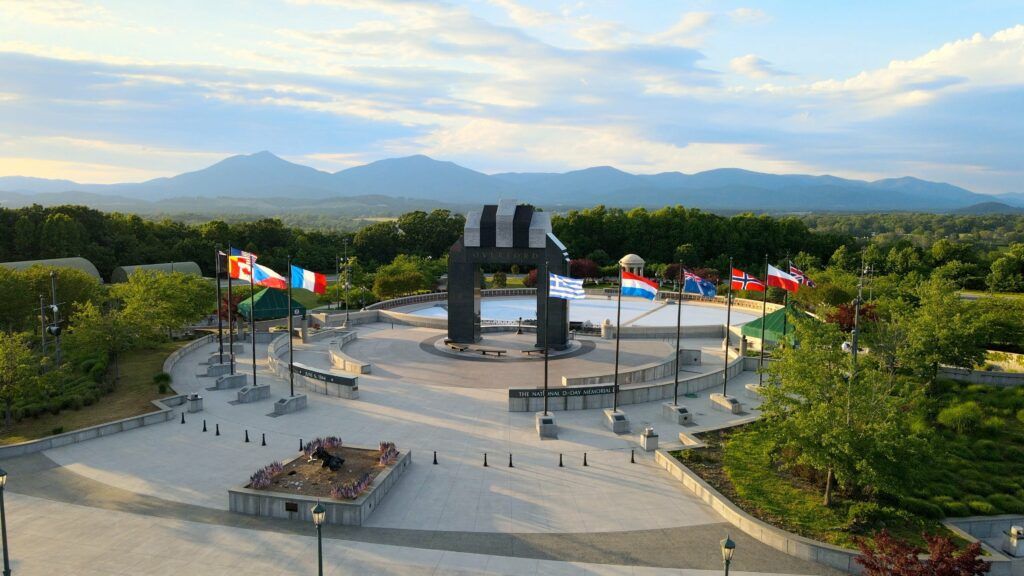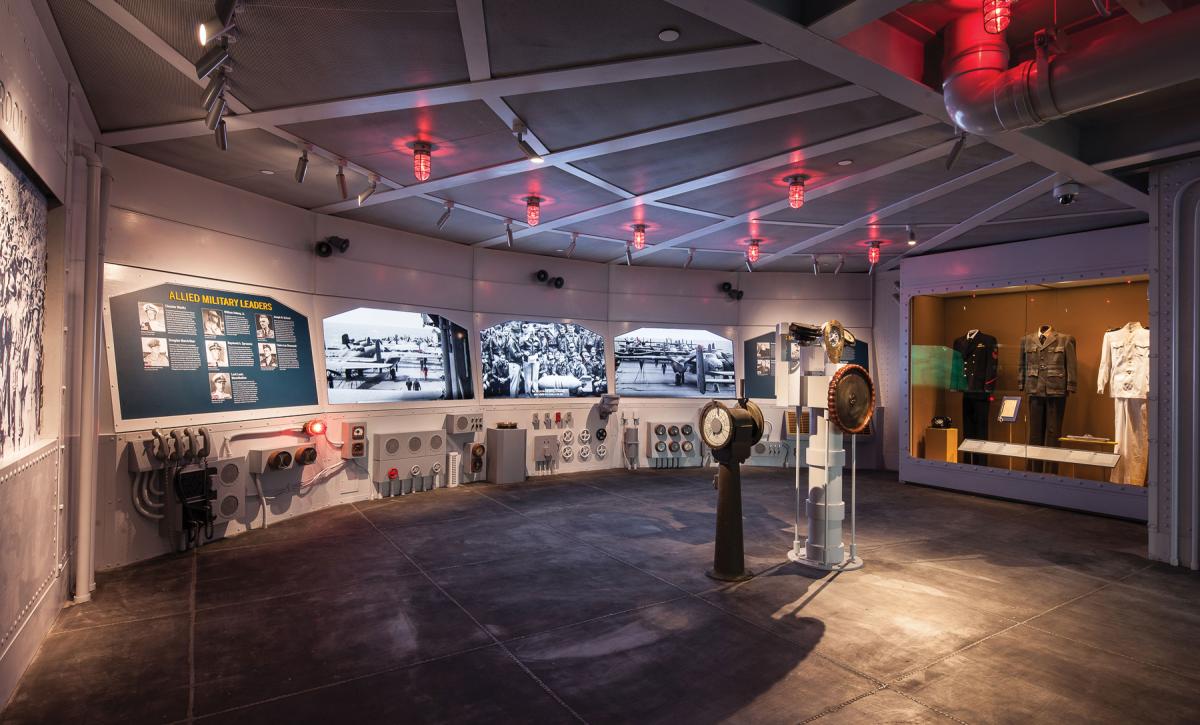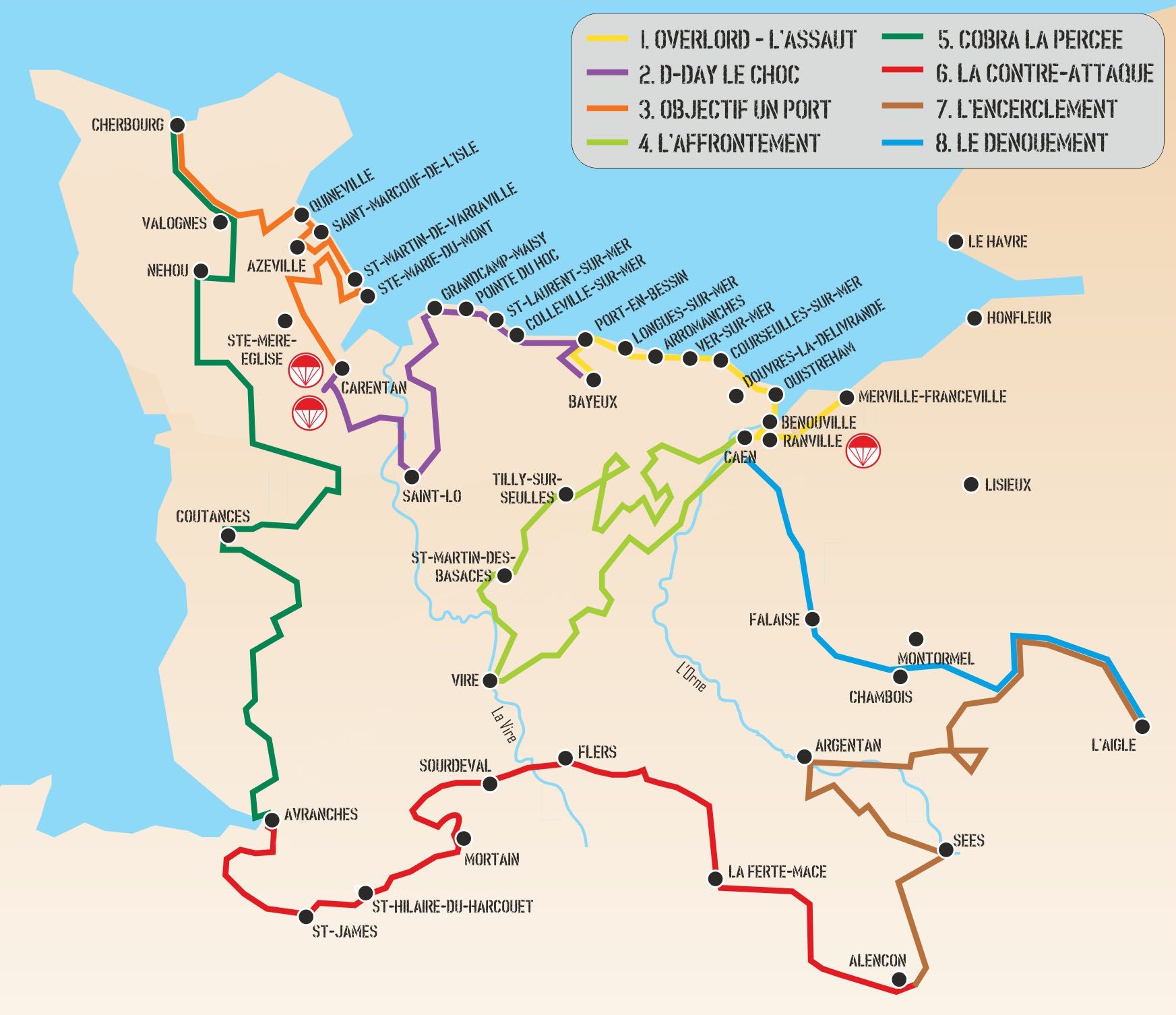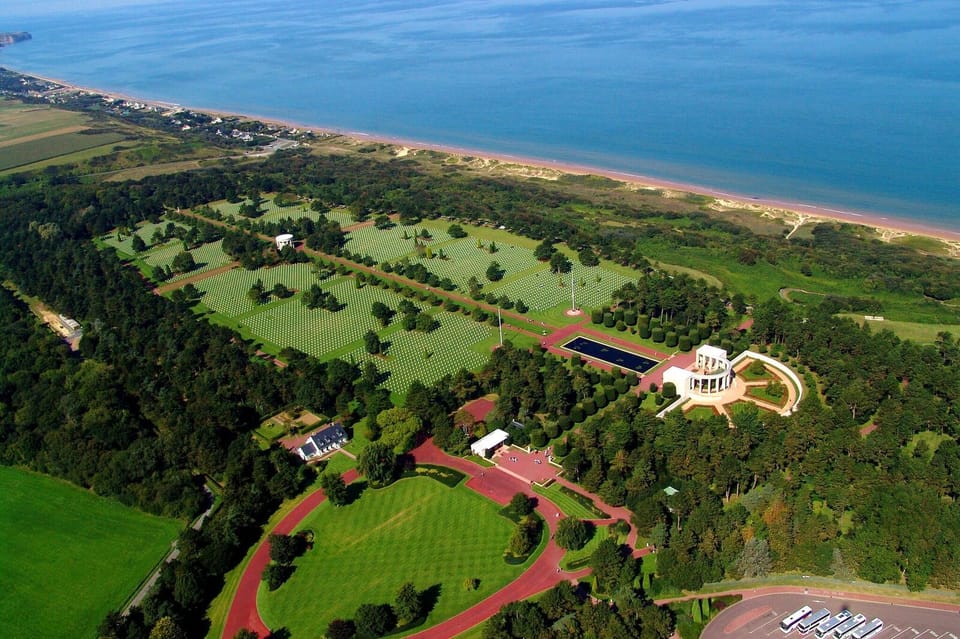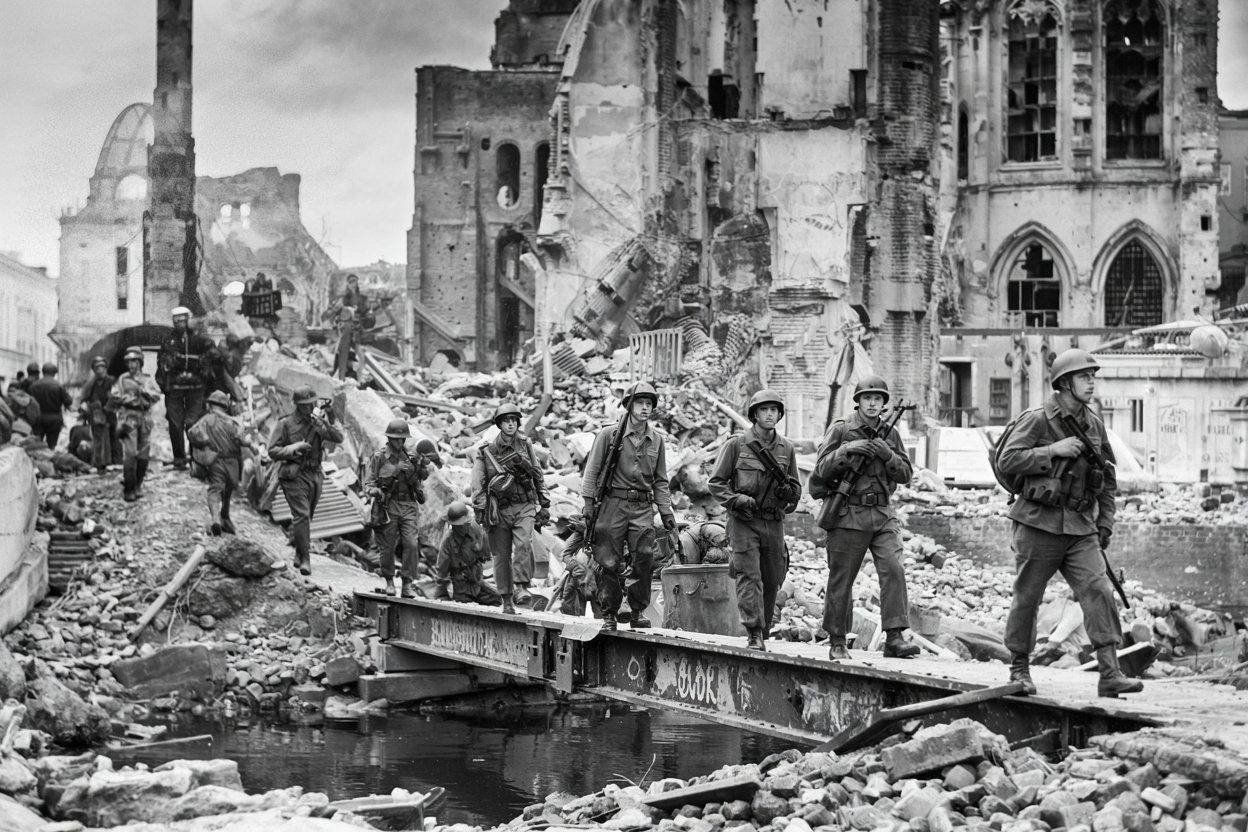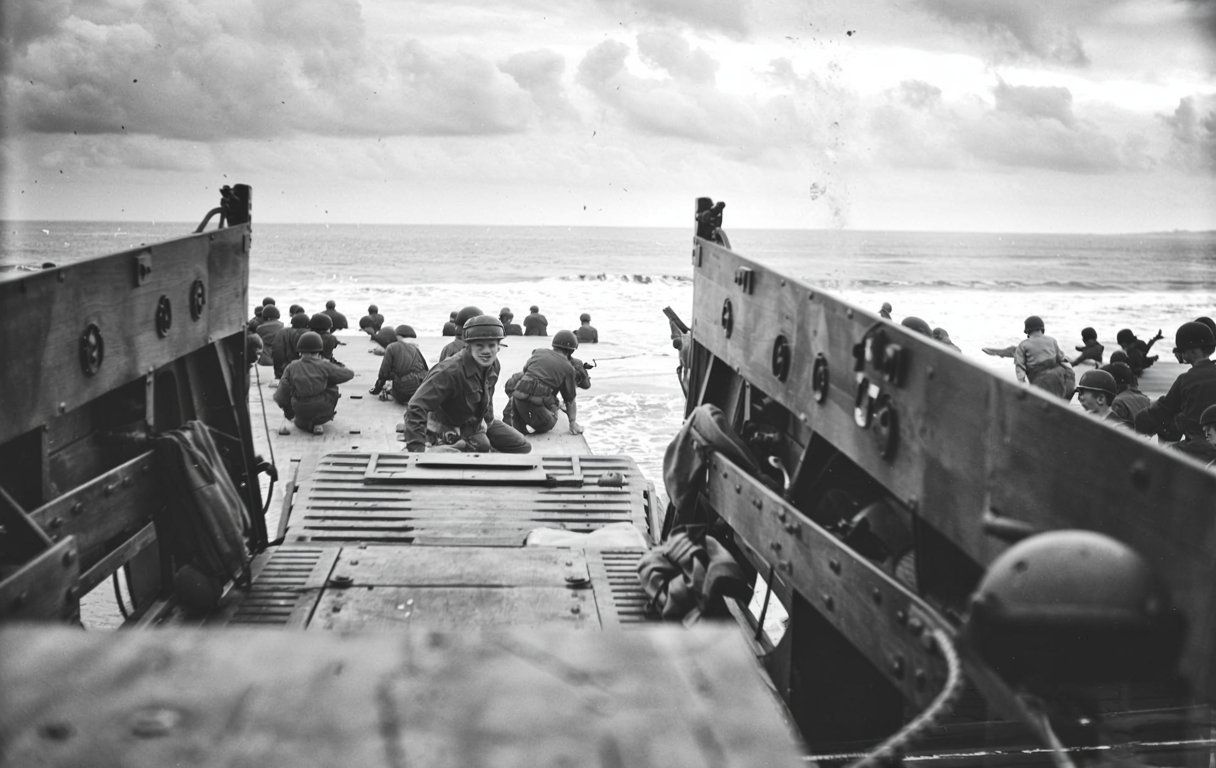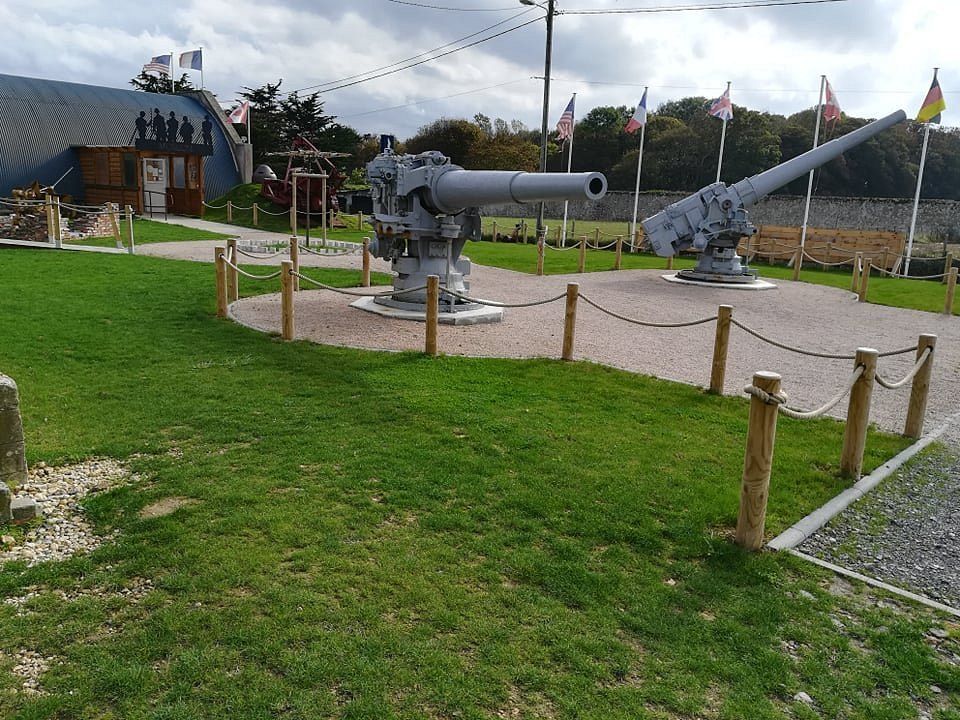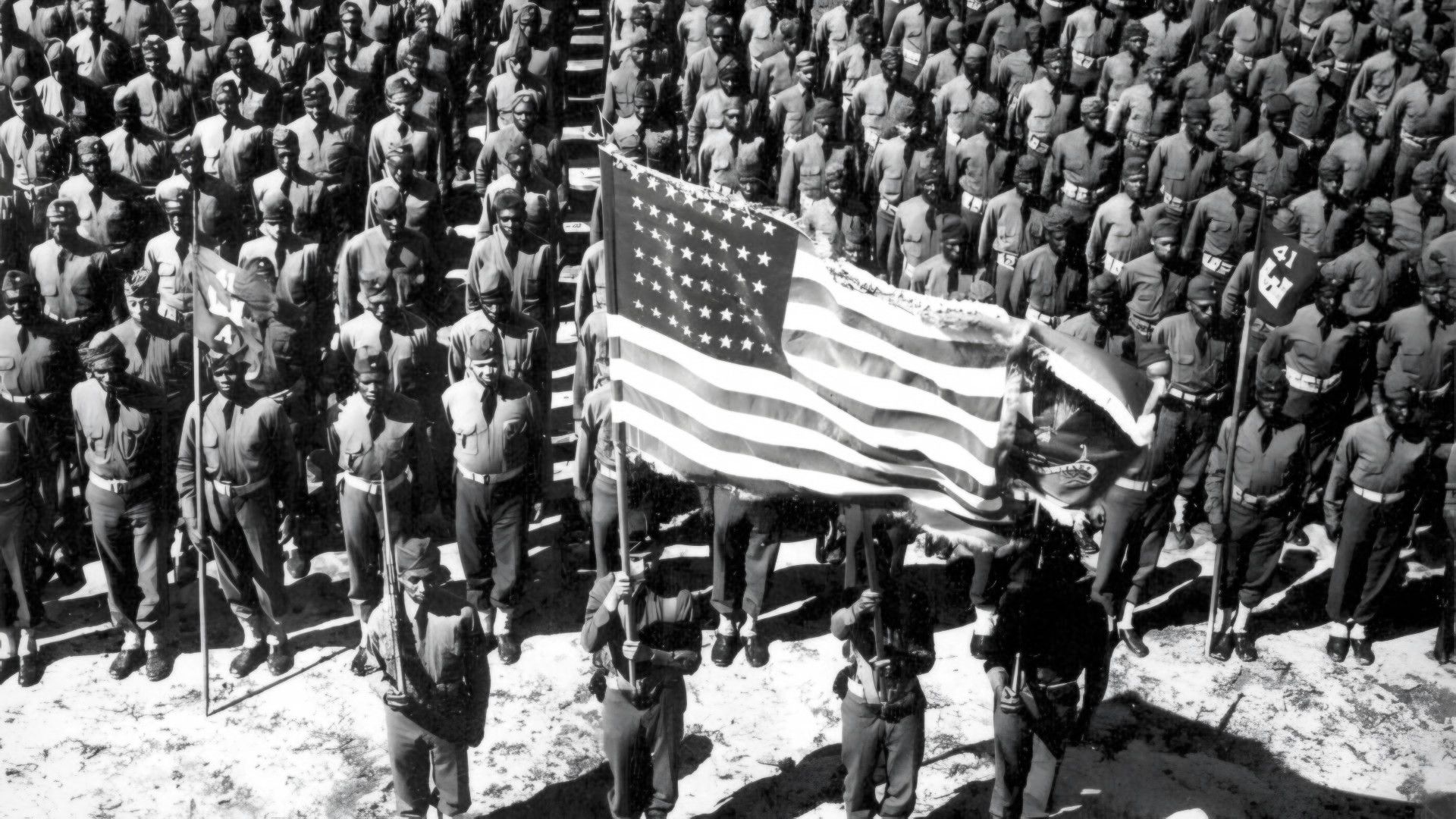Walking among preserved World War II aircraft is a rare chance to step into the past. These painstakingly restored planes are more than museum pieces—they’re time machines, really. You can almost feel the presence of the pilots, navigators, and gunners who once flew missions over Europe and the Pacific. Museums across the U.S. showcase vast collections of these historic aircraft. The National Air and Space Museum, for example, has 30 American military planes, from fighters and bombers to flying boats and trainers.
But these preserved warbirds aren’t just static displays. Many are restored to fly again, like those at the Military Aviation Museum in Virginia Beach. Some are actual combat veterans, still bearing the scars of real missions. The restoration process often starts with teams tracking down forgotten crash sites or derelict airframes, pulling these ghosts from history back into the light.
The story doesn’t stop with the planes themselves. Museums like the National WWII Museum fill in the bigger picture with personal artifacts, crew gear, and even pieces of troop carriers. These collections help visitors grasp not just the machinery, but the lives and stories woven into the fabric of World War II aerial combat.
Douglas C-47 Skytrain 42-92847 “That’s All Brother”
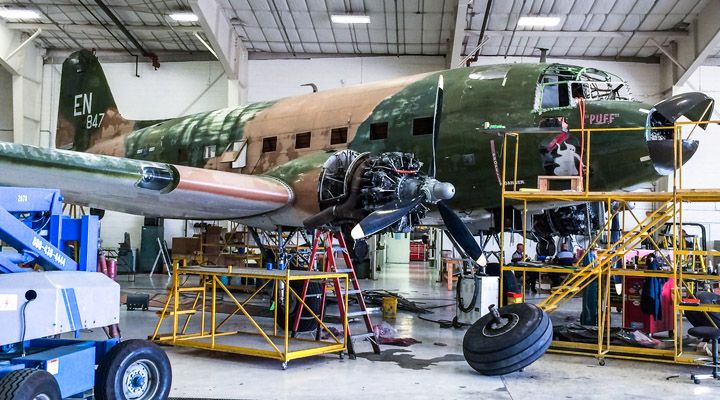
The Douglas C-47 Skytrain “That’s All Brother” is a legend in the world of aviation. Serial number 42-92847, this was the lead plane in the massive D-Day formation—imagine, 800 C-47s thundering over Normandy on June 6, 1944.
Roughly 13,000 American paratroopers jumped from these aircraft, launching the Allied invasion of Europe. The name “That’s All Brother” was a cheeky message to Hitler—his time was up.
This C-47, a military version of the DC-3, earned a reputation for reliability and toughness. Registered as N88874, it’s now a flying memorial, not just a display piece.
The plane almost didn’t make it. It was nearly scrapped before researchers realized it was the D-Day lead aircraft. A meticulous restoration brought it back from the brink.
“That’s All Brother” now flies at airshows and D-Day commemorations, including at Duxford. Its presence lets people see, hear, and even ride in a genuine artifact from one of the war’s most pivotal moments.
Douglas C-47 Skytrain 42-100521 “Night Fright”
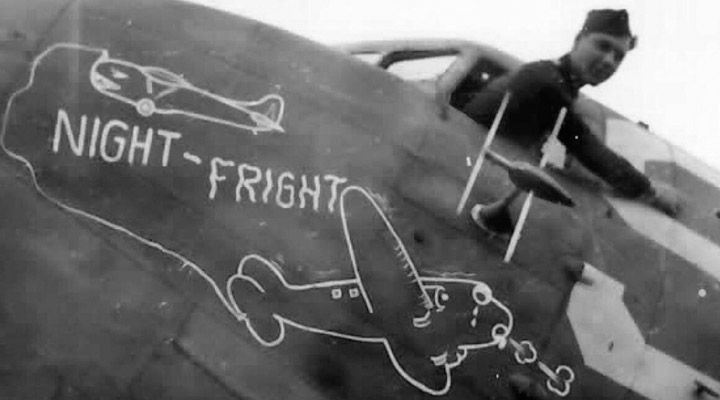
The Douglas C-47 “Night Fright” (serial 42-100521) is another standout from WWII. Assigned to the 436th Troop Carrier Group, it wore the tail letter D (“Dog”).
It flew in the D-Day operations, dropping paratroopers and towing gliders. Before Normandy, it picked up its “Night Fright” nose art—a personal touch that stuck through the war.
Right now, “Night Fright” is getting a top-to-bottom restoration at Coventry Airport in the UK. The goal? Return it to flying condition, as accurate to its wartime look as possible.
The restoration team aims to bring “Night Fright” back to Membury airfield, its original WWII base. If all goes as planned, it’ll be the first WWII warbird to fly from its home field since the war.
- Aircraft Type: Douglas C-47A Skytrain
- Serial Number: 42-100521
- Nickname: “Night Fright”
- Wartime Unit: 436th Troop Carrier Group
- Current Status: Under restoration at Coventry Airport, UK
Douglas C-47 Skytrain 42-100882 “Drag ’em Oot”
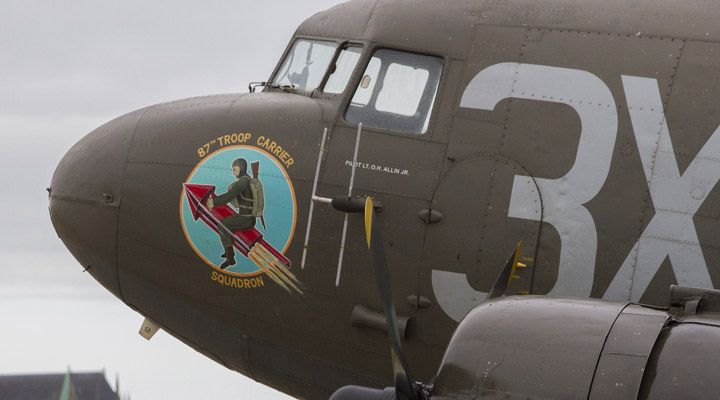
“Drag ’em Oot” (42-100882) is another C-47 with a rich WWII history. Delivered to the USAAF on December 28, 1943, it flew in Operation MARKET GARDEN over Arnhem in September 1944, even taking battle damage in action.
Aero Legends in the UK now owns and maintains it in military configuration, keeping its wartime look intact.
- Appears at historical airshows
- Supports parachuting operations
- Performs in air displays
- Educates about WWII aviation
Seeing “Drag ’em Oot” in flight is a vivid reminder of how these aircraft powered Allied logistics—and how they still connect us to that era.
Douglas C-47 Skytrain 43-15073 “SNAFU Special”
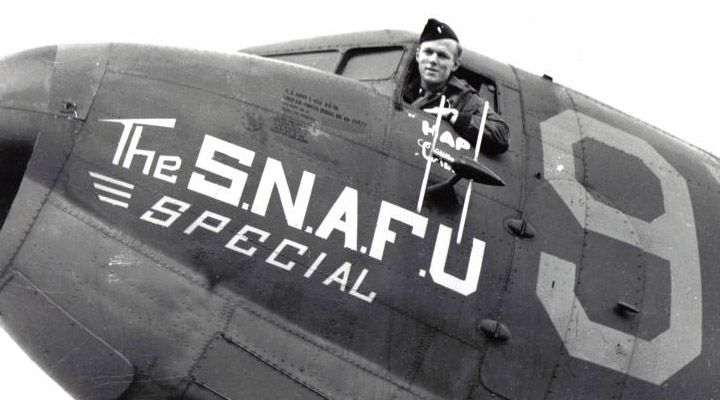
The “SNAFU Special” (43-15073) served with the 440th Troop Carrier Group, 95th Troop Carrier Squadron. It dropped paratroopers into Normandy on D-Day, taking battle damage but making it back when others didn’t.
In 2013, France’s National Council of Historical Monuments officially recognized its significance. Now it’s on display at the Merville Gun Battery, a fitting spot given its D-Day history.
It stands as a tough, tangible link to the airborne operations and the people who risked everything during the liberation of Europe.
Douglas C-47 Skytrain 42-100825 “Argonia”
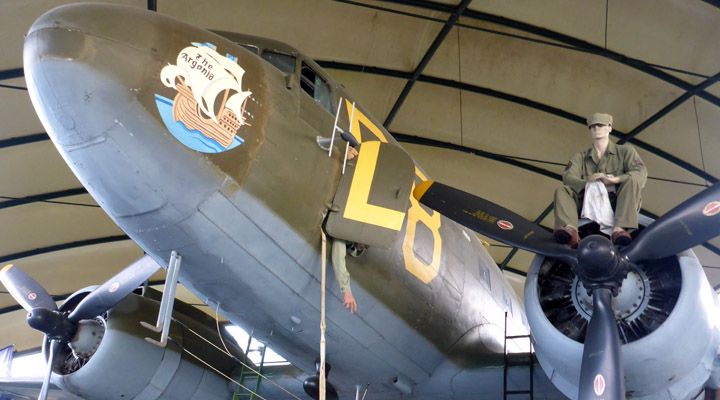
Serial number 42-100825 sits at the Airborne Museum in Sainte-Mère-Église, France. Though the airframe is 42-100825, it’s painted to represent C-47A 43-15159, nicknamed “The Argonia.”
This practice—using surviving aircraft to stand in for more famous ones—is pretty common in museums. Sainte-Mère-Église was a key D-Day target, so the setting fits perfectly.
The C-47 was the Allies’ main transport during WWII, dropping paratroopers, towing gliders, and hauling cargo everywhere.
After the war, many C-47s became civilian planes. This one had a postwar life before ending up as a museum piece, helping visitors imagine the chaos and bravery of the Normandy landings.
Douglas C-47 Skytrain 42-93096 “096”
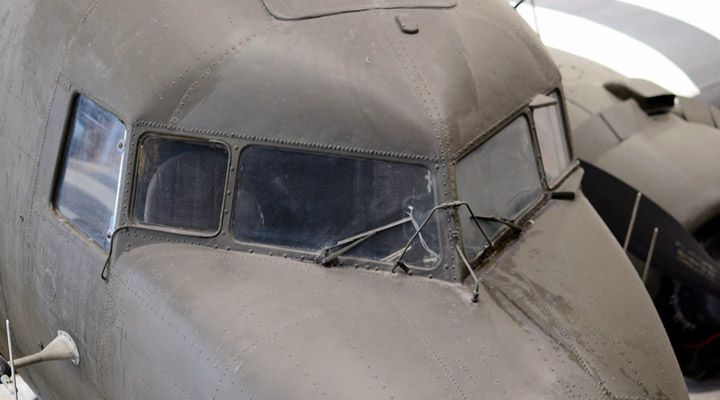
Built in Oklahoma City, “096” (42-93096) joined the USAAF in April 1944, then shipped to England for late-war service. It helped transport the 2nd Battalion and played a role in crucial operations.
Now at The National WWII Museum, “096” is a physical reminder of the engineering and logistics that made Allied air operations possible. These C-47s were the backbone—moving troops, equipment, and supplies wherever they were needed most.
Douglas C-47 Skytrain 42-92841 “Turf and Sport Special”
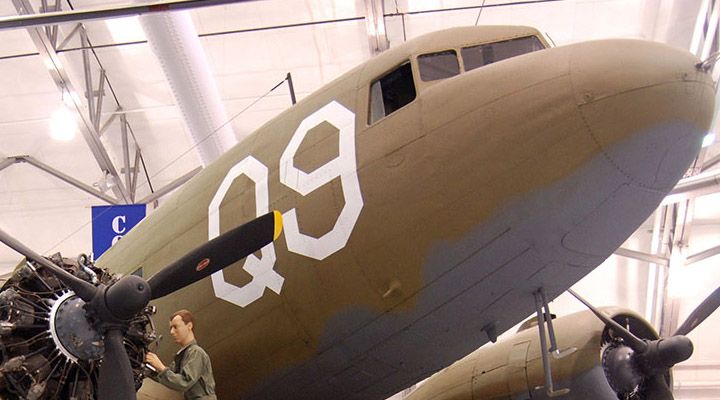
“Turf and Sport Special” (42-92841) was built in 1944 at Douglas’s Oklahoma City plant. It served with the 314th Troop Carrier Group, flying in D-Day, Operation MARKET, and Operation VARSITY.
Now at the Air Mobility Command Museum in Dover, Delaware, it’s a striking reminder of how critical transport aircraft were in WWII.
- Model: Douglas C-47A Skytrain
- Serial Number: 42-92841
- Nickname: “Turf and Sport Special”
- Current Location: Air Mobility Command Museum, Dover, Delaware
- Previous Base: Travis Air Force Base
This C-47 lets visitors get up close with a genuine war veteran, not just a replica or mockup.
Douglas C-47 Skytrain 42-100971
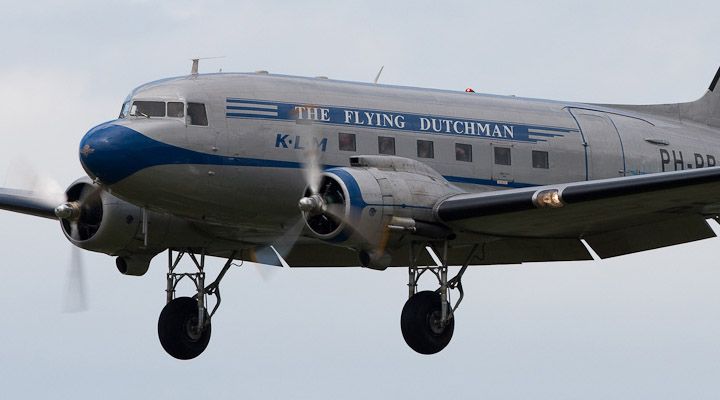
Serial 42-100971 is a classic example of the C-47, a military DC-3 that first flew on December 23, 1941. These planes were everywhere—transporting troops, cargo, paratroopers, and towing gliders.
- Operation Overlord (D-Day)
- Operation Dragoon (Southern France)
- Operation Market Garden (Netherlands)
- Operation Varsity (Rhine Crossing)
42-100971 shows off the durability and adaptability that made the C-47 legendary. Many kept flying long after the war, earning the affectionate nickname “Gooney Bird.”
Visitors today can see why pilots loved these planes—rugged, simple, and reliable.
Douglas C-47 Skytrain 42-23310
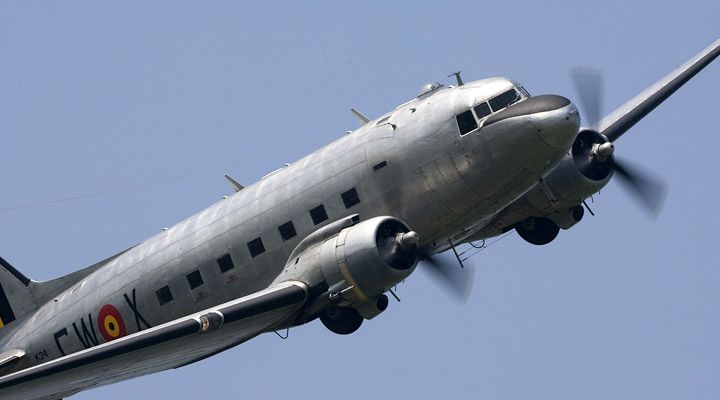
Another key C-47, serial 42-23310, is a solid example of this historic workhorse. Based on the DC-3, it quickly became essential to Allied operations after its first flight in late 1941.
- Troop transport
- Cargo delivery
- Paratrooper drops
- Glider towing
42-23310 flew in major airborne operations like:
- Operation Overlord (D-Day invasion)
- Operation Dragoon (Southern France)
- Operation Market Garden (Netherlands)
After WWII, plenty of C-47s went civilian, but 42-23310 stayed preserved. Its authentic interior, including the cargo bay, lets visitors picture what it was like for paratroopers heading into battle.
Douglas C-47 Skytrain 42-100591 “Tico Belle”
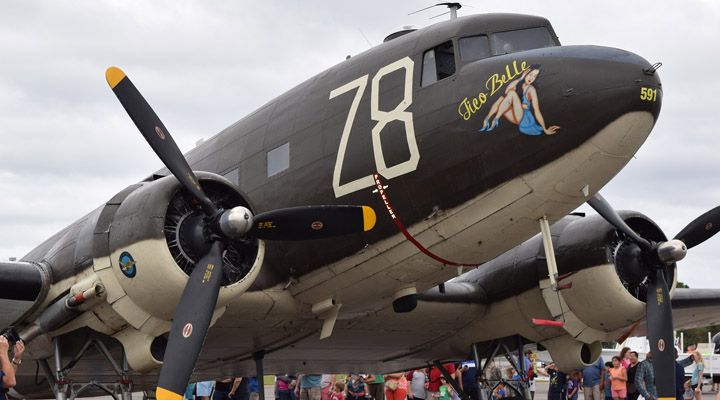
The “Tico Belle” (42-100591) is the pride of the Valiant Air Command Warbird Museum. Built for the war, it participated in combat missions—including paratroop drops that changed the course of history.
80 years ago, Tico Belle dropped paratroopers into combat. Today, it’s still flying, honoring those who served. The museum is passionate about keeping this aircraft airworthy, offering visitors a direct link to the era.
With its connection to the 437th Airlift Wing, Tico Belle bridges WWII and modern military aviation. The museum takes real pride in flying this living piece of history.
Douglas C-53D Skytrooper 42-68710 “Painted Lady” / “Lulu Belle”
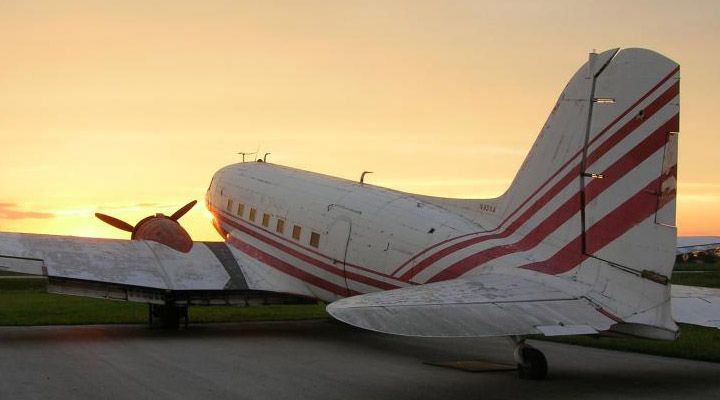
The C-53D Skytrooper (42-68710), known as “Painted Lady” or “Lulu Belle,” is a rare bird. Built in 1943, it was designed specifically for troop transport, unlike the more cargo-oriented C-47.
“Lulu Belle” flew for the 9th Air Force in Europe, supporting Allied advances. After the war, it went civilian, bouncing between owners until a 1980s restoration returned it to its wartime look.
- Length: 64 ft 5 in
- Wingspan: 95 ft
- Max speed: 224 mph
- Range: 1,600 miles
- Capacity: 28 troops
Restorers paid close attention to detail, bringing back the original interior and markings. “Painted Lady” now flies at airshows, a living piece of history that honors WWII aircrews.
Supermarine Spitfire LF Mk IX / Tr.9 (ML407)
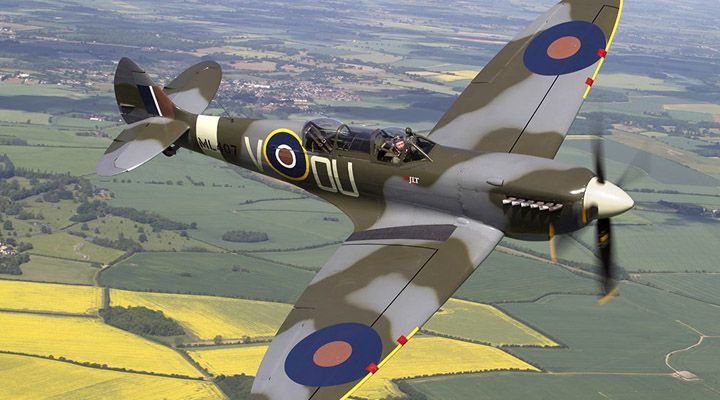
The Supermarine Spitfire ML407 might be one of the most significant flyable Spitfires left. Built in early 1944 at Castle Bromwich as a Mark IX fighter, it saw front-line service in the war’s final year.
ML407 flew combat missions through 1944-45, a testament to the Spitfire’s role in securing Allied air superiority.
Postwar, it was converted to a two-seat trainer (Tr.9), letting it keep flying as a trainer. Today, it’s often called “The Grace Spitfire,” lovingly restored and kept airworthy.
ML407 offers a rare look at both combat and training versions of the Spitfire. Hearing it roar overhead today is a thrill, and it’s a fitting tribute to the engineering brilliance and the courage of RAF pilots.
Supermarine Spitfire LF Mk IXe (MK356)
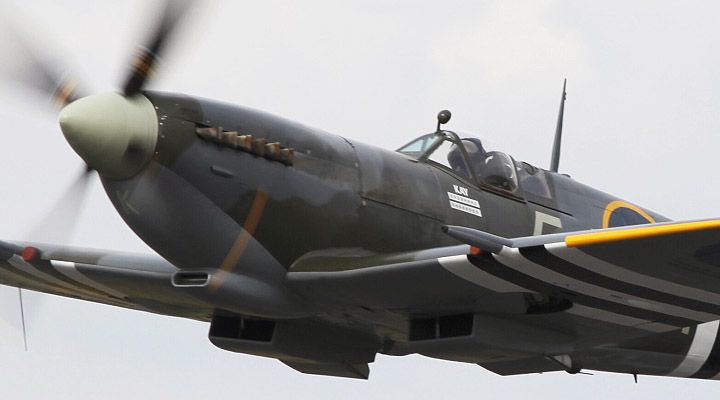
Spitfire MK356 turned 75 in 2019. Built at Castle Bromwich in 1944, it featured full-span wingtips and was one of the last “high-back” Spitfires.
Its first mission was on April 14, 1944—a fighter sweep over France, flown by a 20-year-old Canadian, Flying Officer Gord.
After WWII, MK356 joined the Battle of Britain Memorial Flight (BBMF), preserving the Spitfire legacy. Sadly, it was involved in a crash after takeoff from RAF Coningsby, but the pilot survived.
MK356 still stands as a testament to British aviation and the Spitfires that helped win the war.
Supermarine Spitfire LF Mk IXc (MK732)
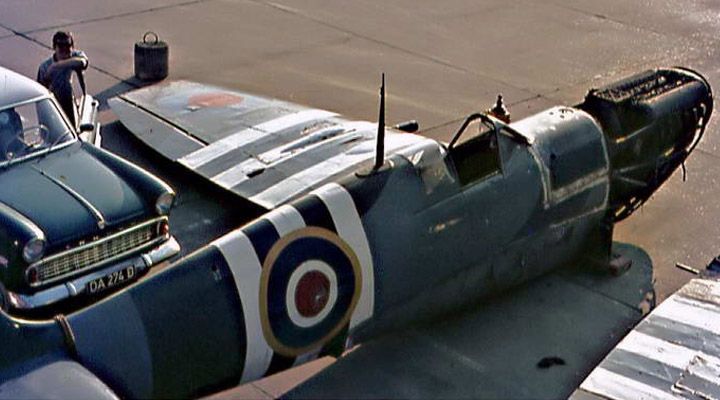
The Supermarine Spitfire LF Mk IXc (MK732) is a survivor, having taken battle damage several times but always making it home. Now registered as PH-OUQ, it flies with the Royal Netherlands Air Force Historic Flight as “3W-17.”
After serving with the RAF, it passed through the Belgian Air Force before joining the Dutch AF Historical Flight (SKHV).
This “LF” variant was tuned for low-altitude fighting with a special Merlin engine. MK732 still appears at airshows across Europe, a flying memorial to Spitfire pilots.
Seeing it in the air today is proof of both the restoration teams’ dedication and the original design’s durability.
Martin B26 Marauder 41-31173 “Flak Bait”
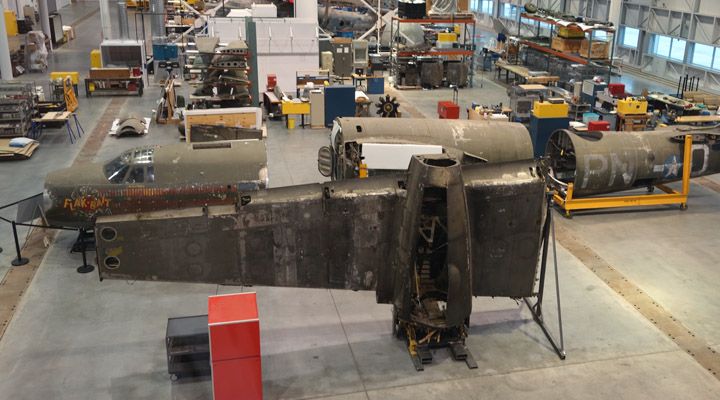
The Martin B-26 Marauder “Flak Bait” (41-31173) is a legend in its own right. It survived 207 combat missions over Europe—more than any other American plane in the European Theater.
Rolling off the Baltimore line in 1943, Flak Bait was a B-26B-25-MA, and its survival became the stuff of legend. It kept flying through heavy enemy fire, earning a reputation for toughness even as the B-26 was considered tricky to handle.
General “Hap” Arnold chose Flak Bait for preservation after the war, cementing its place in aviation history.
This bomber stands as a tribute to the crews who braved enemy skies every day. Its story is about more than metal and engines—it’s about grit and determination in the face of overwhelming odds.

